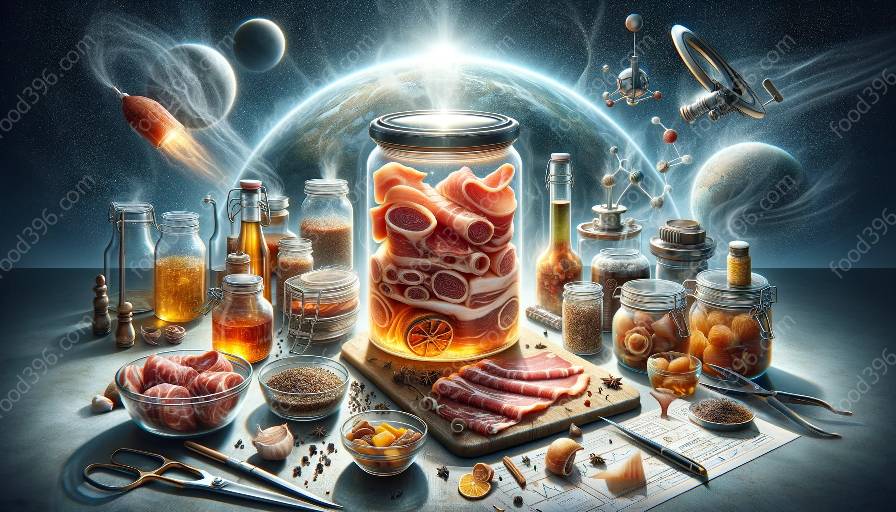Meat preservation techniques have been a vital part of human history, ensuring the availability of meat during times of scarcity and preventing spoilage. Among the various preservation methods, salting has been widely used due to its effectiveness and ability to enhance the flavor and safety of meat. In this comprehensive guide, we will delve into the world of salting, exploring its historical significance, scientific principles, and modern applications in meat preservation.
The Historical Significance of Salting
The practice of salting as a preservation method dates back thousands of years, with early civilizations recognizing its effectiveness in extending the shelf life of meat. Before the advent of modern refrigeration, salting was a primary means of preventing meat spoilage and ensuring a stable food supply, particularly in regions with limited access to fresh meat throughout the year.
Across cultures, salt became an invaluable commodity, and its use in preserving meat was elevated to an art form. The process of dry curing and brining with salt was not only a necessity but also a way to impart unique flavors and textures to meat, leading to the creation of esteemed cured meats such as prosciutto, corned beef, and various forms of bacon.
The Science Behind Salting
Understanding the science of salting is crucial to mastering its application in meat preservation. When salt is applied to meat, it initiates a process known as osmosis. Water within the meat cells moves outward through the cell membrane in an attempt to equalize the concentration of salt both inside and outside the cells.
As the water leaves the cells, it creates an environment that is less conducive to the growth of spoilage-causing microorganisms. This reduction in water activity inhibits the development of harmful bacteria, effectively preserving the meat and extending its shelf life. Additionally, salt acts as a natural antimicrobial agent, further contributing to the safety of preserved meat.
Moreover, salt plays a crucial role in influencing the texture and flavor of preserved meats. Through the process of osmosis and diffusion, salt penetrates the meat, altering the protein structure and enhancing its firmness while imparting a characteristic savory taste.
Modern Applications of Salting in Meat Preservation
While salting has a rich historical legacy, its relevance in meat preservation persists in modern times. In industrial meat processing, salting is employed in various forms, from dry curing to brining, to produce a wide range of cured and preserved meat products.
For example, dry curing involves applying salt directly to the surface of meat, followed by a period of rest to allow the salt to penetrate and preserve the meat. This method is commonly used in the production of cured hams, salami, and jerky, among others.
On the other hand, brining involves immersing meat in a solution of salt and water, allowing for thorough penetration of the salt into the meat. This technique is utilized in the production of cured poultry products, such as brined turkey and chicken, enhancing their flavor and juiciness while extending their shelf life.
The Role of Salting in Meat Science
Within the realm of meat science, salting plays a pivotal role in understanding the interactions between salt, water, proteins, and microorganisms in meat preservation. Meat scientists delve into the complexities of salt's impact on meat quality, safety, and sensory attributes, seeking to refine preservation techniques and develop innovative methods that resonate with consumer preferences and industry standards.
From studying the molecular changes induced by salt to optimizing salting parameters for different meat types, meat science encompasses a holistic approach to unlocking the potential of salting in meat preservation. By integrating principles of biochemistry, microbiology, and food engineering, meat scientists continuously strive to elevate the quality and safety of preserved meats while meeting the demands of an ever-evolving market.
Conclusion
Salting stands as a cornerstone in the realm of meat preservation techniques, intertwining history, science, and culinary artistry. From ancient civilizations to modern food industries, the enduring significance of salting in preserving meat persists, serving as a testament to its efficacy and versatility. As we embrace the knowledge of salting and its impact on meat preservation, we honor the profound legacy of this age-old technique and pave the way for its continued evolution within the dynamic field of meat science.

